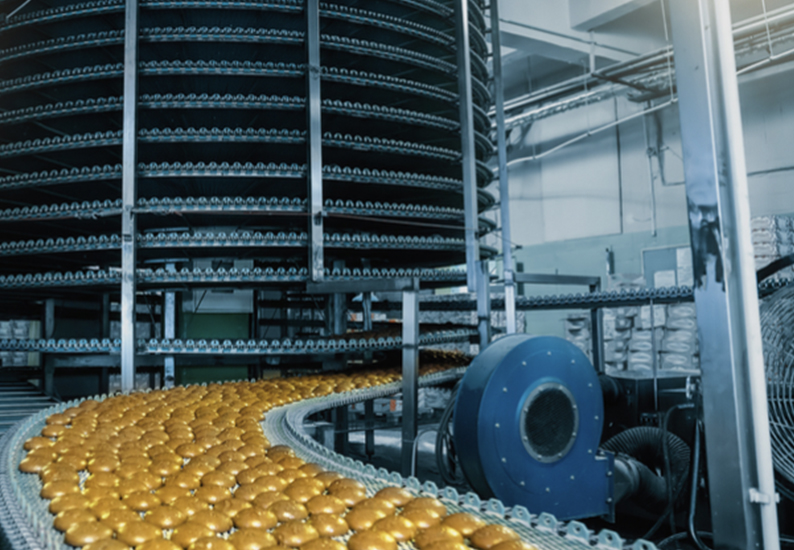Green energy. Plant-based materials. Clean water. Lighter aircraft. These are just a few examples of sustainable solutions that scientists are focused on to help improve the human condition. We sat down with Dr. Andrea Browning, a product manager on the materials science team at Schrödinger, to discuss how scientists are approaching these and many other global problems, how Schrödinger is supporting these efforts, and what the future holds for materials science.
Extrapolations Editorial: Can you give a quick overview of what materials science encompasses and the role of Schrödinger in this field?
Andrea Browning: Materials science essentially provides insights into the behavior of all materials, across all industries. Ultimately, every product that exists in this world is made from materials that come together to perform a function. At Schrödinger, our computational platform can predict molecular behavior, how molecules interact with each other, and how they behave under certain conditions, including temperature effects and exposure to UV light, to understand how to make a better product. Molecular modeling can accelerate the development of new materials, or modify existing materials, by helping to identify the most promising structures and formulations before a company synthesizes and tests them. This time and cost savings is the value our computational platform and our scientific expertise provides to our materials science customers.
EE: Can you give an example of how Schrödinger’s science can help make a better product?
AB: Every industry is faced with different stressors and these mainly fall into several categories. The stressor might be environmental or sustainable in nature, where the goal is to create a product that is less wasteful, such as consumer packaging, or uses less energy, such as computer monitors. The stressor might be safety, where a product may have an ingredient in it that is harmful to human health, such as BPA, and the goal is to find the right substitute for that harmful ingredient. The stressor might be financial, where the goal is to find ways to make a product for less money without affecting performance. There are also raw materials used in products that are simply not available all the time or no longer available, and that is where materials science insights from atomic scale simulation can help course correct by finding an alternative solution.
Our platform is being deployed across many seemingly unrelated industries, including aerospace, energy, semiconductors, electronic displays, food science, and drug formulation.
“Our drug discovery and materials science teams both benefit from improvements to the underlying platform because the science is fundamental.”
EE: Isn’t this the same platform used in life sciences? What do an oncology drug and a next-gen aerospace material have in common? How can one platform be applicable across so many industries?
AB: Everything is made up of atoms. If you zoom into a protein or zoom into a polymer that is being used to design a more fuel-efficient plane, you will find that there are a lot of shared atoms, a lot of shared chemistry between materials and proteins. Our platform integrates predictive physics-based simulation with machine learning techniques to accurately predict how these atoms interact with each other. By predicting the behavior of atoms, we can develop new drugs and materials or improve upon existing molecules. The underlying science is fundamental, and we are using this to our advantage to help build a better world.
EE: The use of Schrödinger’s platform for materials science is at a much earlier stage than its application in drug drug discovery. Have there been any key findings or “A-ha!” moments from materials science that have benefitted drug discovery?
AB: Our drug discovery and materials science teams both benefit from improvements to the underlying platform because the science is fundamental. For example, as we addressed problems in materials science related to property changes with temperature, we were able to build on this knowledge through the development of tools that our drug discovery colleagues are now using to understand drug degradation. Our team also benefits from drug discovery, particularly with respect to the representation of unique chemical groups.
EE: How is materials science shaping the future?
AB: As a society, we’re increasing in population and therefore demanding more from our finite resources. Saving time and money in materials science is not the end goal – we have to ensure that we can offer sustainable solutions across industries in the years to come and broaden the possibilities of what we are able to explore. As the technology and our capabilities in materials science continue to evolve, it will only serve our world better.








